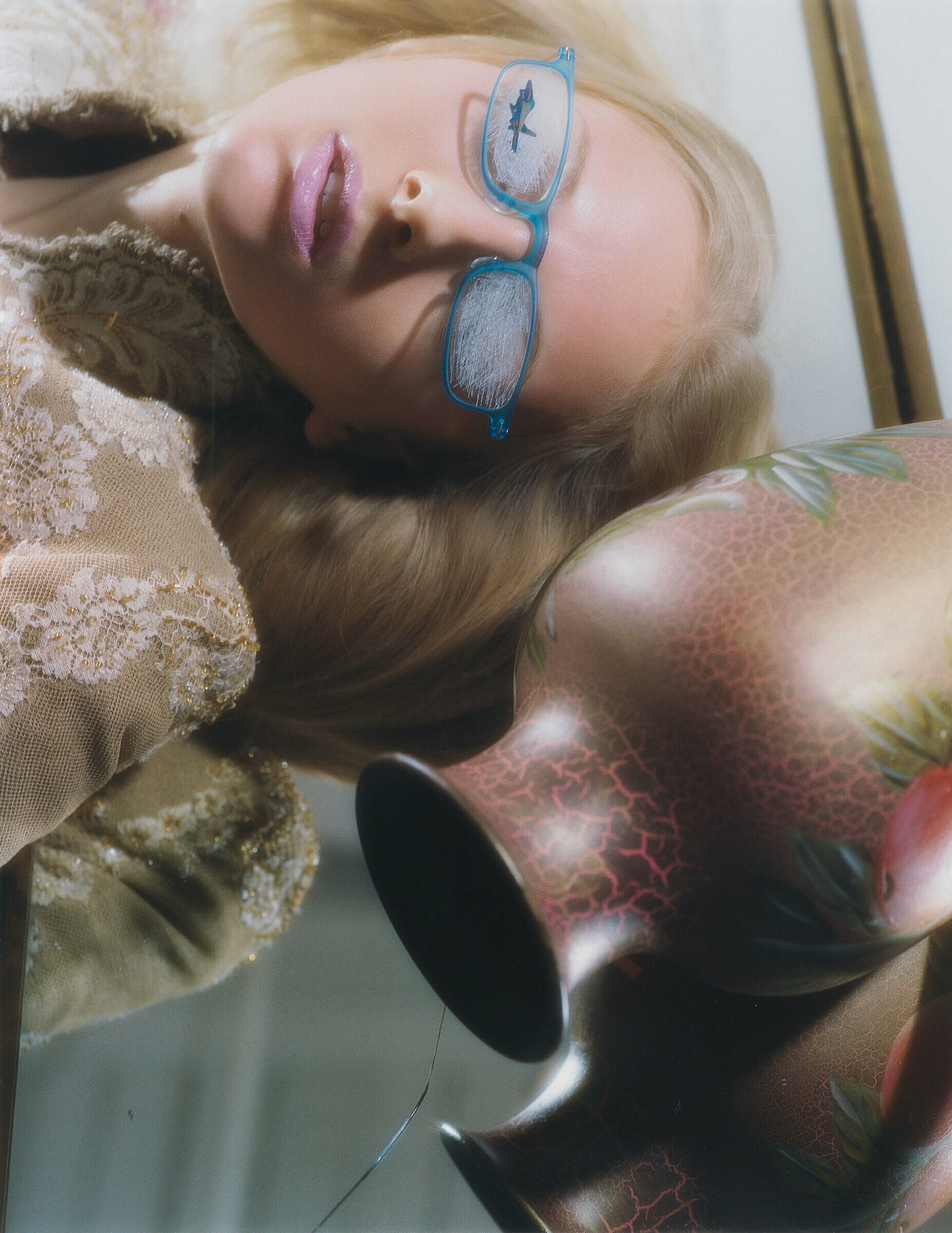Robert Gober, The Ascending Sink, 1985
Nov 17, 2015
0:00
Robert Gober, The Ascending Sink, 1985
0:00
Elisabeth Sussman: The reason it needs two of them, probably, is because Gober is coming after the minimalist Donald Judd. Donald Judd would make these completely non‑objective objects and stack them up the wall. They were simply boxes inside. It was a different color from the outside, and there were maybe one or two of them or maybe one, two, three, four, five, six, and they would go up a wall like that.
Gober is sort of, in a way, he's saying, "This is a sculptural object," by replicating it and stacking it on the wall like this. I think maybe that's why there are two. Because he wants to kind of, push back on this idea that this is a single sink—which is all about washing and cleaning and so on, whatever you, other meanings you want to bring to it. But it's also about the history of sculpture.
What it then also says to me, if you get on that wavelength of why is it about the history of sculpture, I think what's really interesting about it is that he takes this kind of non‑objective box of Donald Judd stacked on the wall as his model prototype, and he gives it meaning.


